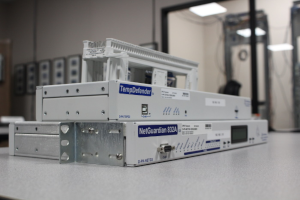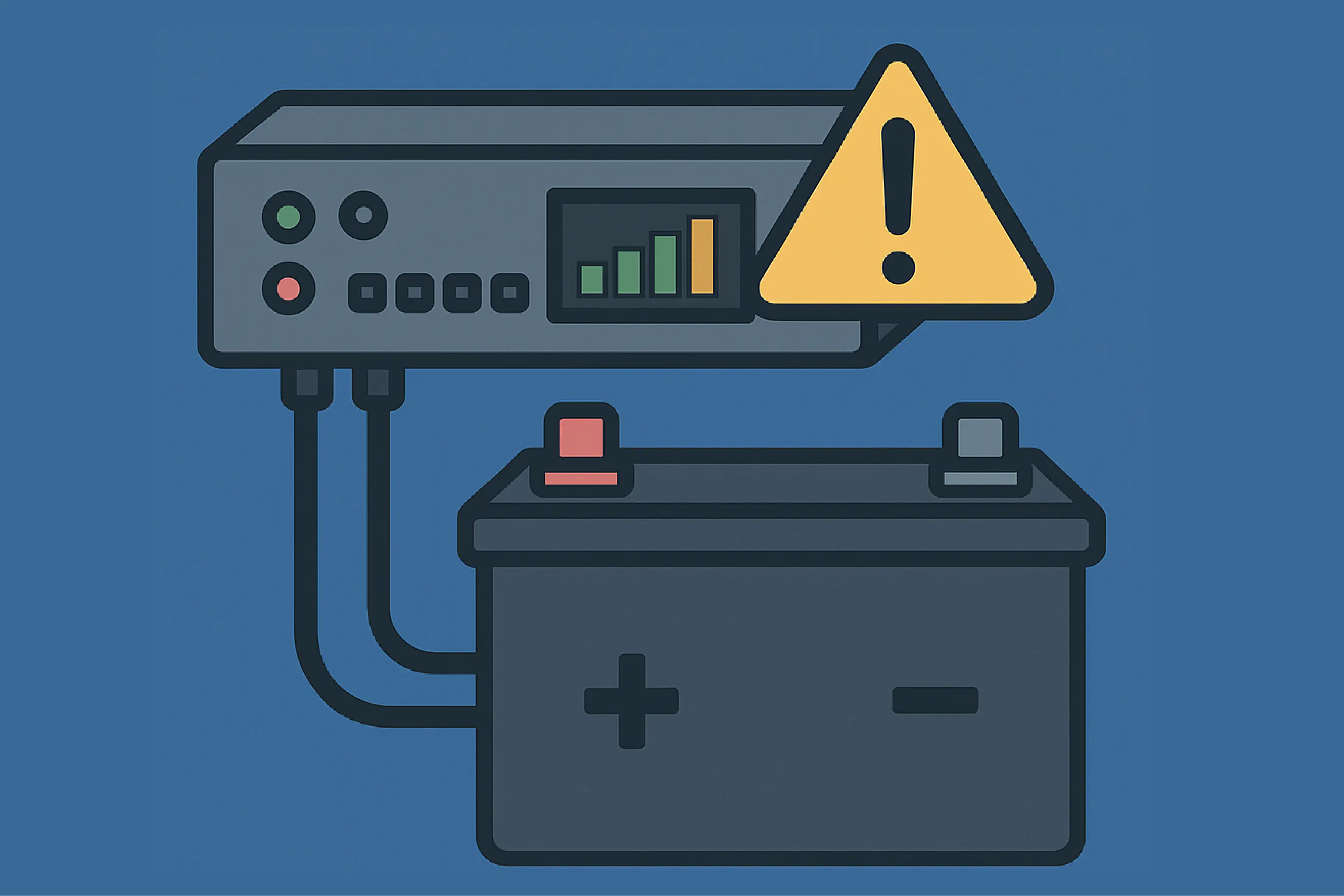Check out our White Paper Series!
A complete library of helpful advice and survival guides for every aspect of system monitoring and control.
1-800-693-0351
Have a specific question? Ask our team of expert engineers and get a specific answer!
Sign up for the next DPS Factory Training!

Whether you're new to our equipment or you've used it for years, DPS factory training is the best way to get more from your monitoring.
Reserve Your Seat TodayWhat happens when the very tools you rely on to monitor your backup power begin to show their age?
Every mission-critical telecom or utility site is important to someone (and probably quite a few people). Whether you're operating a handful of huts or hundreds of remote cabinets, you have to protect them.
One client recently brought us onto a project that highlights this exact issue. Their monitoring units, installed in 2017, had been stable and dependable for years. But now, they are approaching the edge of what we call "the reliability cliff" - the point where once-solid hardware starts inching toward higher failure risk.
Let's walk through what they learned, and what you need to be doing now to avoid being blindsided by an equipment failure later that could knock out your visibility at a critical site.

Like most things, electronics follow a life cycle.
There's an initial stabilization period, then a long window of high reliability, followed by a "knee in the curve" where failure rates rise exponentially. That's the point where even solid, well-built devices face the realities of component aging, oxidation, temperature cycling, and physical wear.
In the client conversation, our team reviewed some SLIM units that had been in service since 2017. That's about 7-8 years of runtime. And while we've seen T/Mon units last well over a decade in the field and support units for nearly forever, every piece of hardware eventually fails.
We also reviewed their RTUs - and their new interest in our newer battery monitoring sensors.
By holding onto any aging monitoring hardware from any manufacturer, you risk:
Saving money by not upgrading might cost you big when a site goes dark and you never saw it coming.
It's tempting to rely on simple or integrated monitoring setups. They may have come bundled with the battery plant or the radios or as part of a general site package. At the time, it felt like an easy win.
But time reveals flaws in these approaches:
The original investment was valid, but now the tools are aging out of relevance - and reliability. As your network grows and modernizes, your monitoring must evolve as well.
Your battery monitoring system can actually make your job easier, not harder.
That involves:
That's exactly what we delivered for this client. And it's something you can do too - with a little planning and the right tools.
We recommended that the client refresh their monitoring solution using our G6-based platform. This gives them everything their existing RTUs couldn't anymore - and positions them for scalable success.
The G6 makes sense because it provides:
When you're monitoring two or more battery strings, you should be able to organize each battery within its string. The G6 allows sensors to label battery strings - and when used with a T/Mon master, you can map these strings as well.
That means no more sensor "clutter" or overload.
We don't just sell one box. We help you map out a spares strategy that matches your fleet size.
Aging equipment can hide real problems. The G6 platform gives you real-time data on:
Combined with T/Mon or any SNMP manager, you get total visibility over 1-100+ sites.
If your SLIM (or other manager) is nearing end-of-life, you don't want to rip and replace everything.
The G6 is form-factor compatible with many legacy systems and supports flexible mounting. You can drop it in with minimal wiring changes.
During the call, the client also asked for budgetary quotes for expansion. These include monitoring equipment for a smaller site currently running 12V cells, with plans to add another two battery strings.
We didn't just nod and promise to "get back to you." Instead, we committed to building a full package quote including:
This kind of proactive quoting allows teams like yours to:
That's part of the DPS difference: We don't just ship boxes. We help you build the plan.
Here's a quick recap of how the client handled this situation, so you can follow a similar path:
They didn't wait until a failure. Around Year 7, they asked, "Should we upgrade?" That's exactly the time to review your fleet.
They contacted our team with clear goals:
These are the conversations we love to have.
This allowed them to evaluate the total cost of ownership - before things failed.
If you don't assess your battery monitoring fleet and deploy a quality monitoring system, you might:
The root cause of all these issues is a failed monitoring unit that should have been replaced years ago. It's avoidable - and preventable - with a small investment of time and planning.
If your battery monitoring units were installed between 2015-2018, it's time to review them. You may not need to replace everything right now, but you definitely need:
We've helped hundreds of clients build these plans, and we'd love to help you too.
Here's how to get started:
Your battery monitoring gear has a lifecycle. Don't let a silent failure be your wake-up call.
With the G6 platform and DPS engineering support, you can upgrade confidently - with better visibility, flexible port design, and full support for multi-string sites.
Let's work together to build a monitoring strategy that keeps you ahead of failure - and puts your budget and field teams in control.
Get started today. Call DPS at (559) 454-1600 or email sales@dpstele.com.
We'll help you modernize your battery monitoring - before it's too late.

Andrew Erickson
Andrew Erickson is an Application Engineer at DPS Telecom, a manufacturer of semi-custom remote alarm monitoring systems based in Fresno, California. Andrew brings more than 19 years of experience building site monitoring solutions, developing intuitive user interfaces and documentation, and opt...